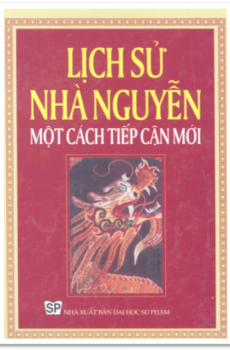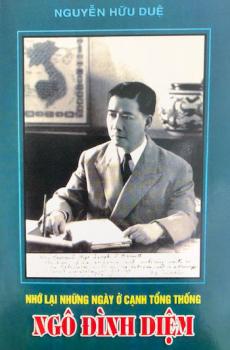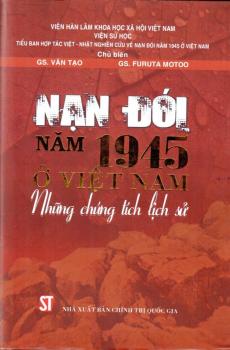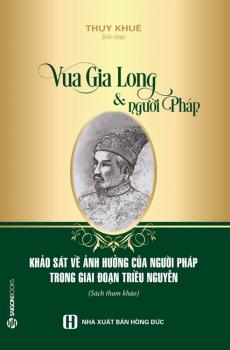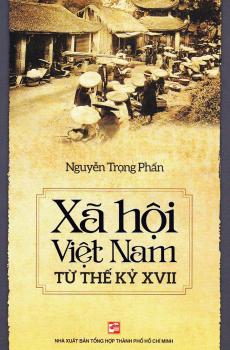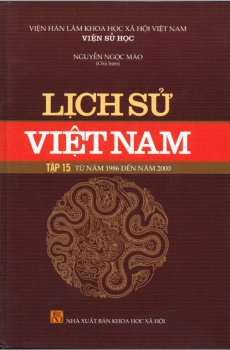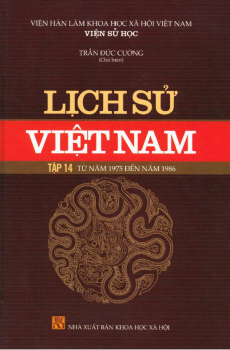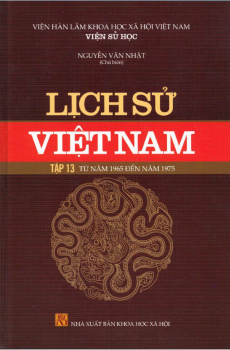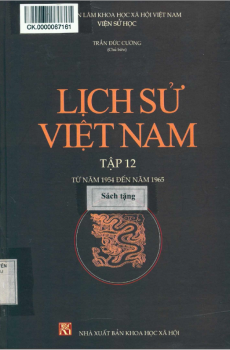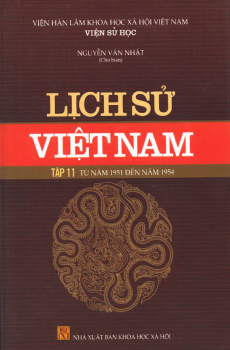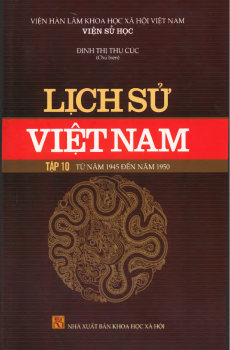Introductory American History
Introductory American History
Log in to download this book.
| Publisher | unknown |
|---|---|
| Accessible book producer | Public domain |
| Published year | 2006 |
| Coppy right | Chưa rõ |
*** START OF THIS PROJECT GUTENBERG EBOOK INTRODUCTORY AMERICAN HISTORY ***
Produced by Juliet Sutherland, David Gundry and PG
Distributed Proofreaders
INTRODUCTORY AMERICAN HISTORY
BY
HENRY ELDRIDGE BOURNE AND ELBERT JAY BENTON
PROFESSORS OF HISTORY IN WESTERN RESERVE UNIVERSITY
1912
INTRODUCTION
This volume is the introductory part of a course in American history embodying the plan of study recommended by the Committee of Eight of the American Historical Association.[1] The plan calls for a continuous course running through grades six, seven, and eight. The events which have taken place within the limits of what is now the United States must necessarily furnish the most of the content of the lessons. But the Committee urge that enough other matter, of an introductory character, be included to teach boys and girls of from twelve to fourteen years of age that our civilization had its beginnings far back in the history of the Old World. Such introductory study will enable them to think of our country in its true historical setting. The Committee recommend that about two-thirds of one year's work be devoted to this preliminary matter, and that the remainder of the year be given to the period of discovery and exploration.
The plan of the Committee of Eight emphasizes three or four lines of development in the world's history leading up to American history proper.
First, there was a movement of conquest or colonization by which the ancient civilized world, originally made up of communities like the Greeks and Phoenicians in the Aegean and eastern Mediterranean Seas, spread to southern Italy and adjacent lands. The Roman conquest of Italy and of the barbarian tribes of western Europe expanded the civilized world to the shores of the Atlantic. Within this greater Roman world new nations grew up. The migration of Europeans to the American continent was the final step.
Second, accompanying the growth of the civilized world in extent was a growth of knowledge of the shape of the earth, or of what we call geography. Columbus was a geographer as well as the herald of an expanding world.
A third process was the creation and transmission of all that we mean by civilization. Here, as the Committee remark, the effort should be to "show, in a very simple way, the civilization which formed the heritage of those who were to go to America, that is, to explain what America started with."
The Committee also suggest that it is necessary "to associate the three or four peoples of Europe which were to have a share in American colonization with enough of their characteristic incidents to give the child some feeling for the name 'England,' 'Spain,' 'Holland,' and 'France.'"
No attempt is made in this book to give a connected history of Greece, Rome, England, or any other country of Europe. Such an attempt would be utterly destructive of the plan. Only those features of early civilization and those incidents of history have been selected which appear to have a vital relation to the subsequent fortunes of mankind in America as well as in Europe. They are treated in all cases as introductory. Opinions may differ upon the question of what topics best illustrate the relation. The Committee leaves a wide margin of opportunity for the exercise of judgment in selection. In the use of a textbook based on the plan the teacher should use the same liberty of selection. For example, we have chosen the story of Marathon to illustrate the idea of the heroic memories of Greece. Others may prefer Thermopylae, because this story seems to possess a simpler dramatic development. In the same way teachers may desire to give more emphasis to certain phases of ancient or mediaeval civilization or certain heroic persons treated very briefly in this book. Exercises similar to those inserted at the end of each chapter offer means of supplementing work provided in the text.
The story of American discovery and exploration in the plan of the Committee of Eight follows the introductory matter as a natural culmination. In our textbook we have adhered to the same plan of division. The work of the seventh grade will, therefore, open with the study of the first permanent English settlements.
The discoveries and explorations are told in more detail than most of the earlier incidents, but whatever is referred to is treated, we hope, with such simplicity and definiteness of statement that it will be comprehensible and instructive to pupils of the sixth grade.
At the close of the book will be found a list of references. From this teachers may draw a rich variety of stories and descriptions to illustrate any features of the subject which especially interest their classes. In the index is given the pronunciation of difficult names.
We wish to express gratitude to those who have aided us with wise advice and criticism.
[1]The Study of History in Elementary Schools. Scribner's, 1909.
CONTENTS
CHAPTER
I.
THE SCATTERED CHILDREN OF EUROPE
II.
OUR EARLIEST TEACHERS
III.
HOW THE GREEKS LIVED
IV.
GREEK EMIGRANTS OR COLONISTS
V.
NEW RIVALS OF THE GREEKS
VI.
THE MEDITERRANEAN A ROMAN LAKE
VII.
THE ANCIENT WORLD EXTENDED TO THE SHORES OF THE ATLANTIC
VIII.
THE CIVILIZATION OF THE ROMAN WORLD
IX.
CHRISTIANITY AND THE ROMAN EMPIRE
X.
EMIGRANTS A THOUSAND YEARS AGO
XI.
HOW ENGLISHMEN LEARNED TO GOVERN THEMSELVES
XII.
THE CIVILIZATION OF THE MIDDLE AGES
XIII.
TRADERS, TRAVELERS, AND EXPLORERS IN THE LATER MIDDLE AGES
XIV.
THE DISCOVERY OF A NEW WORLD
XV.
OTHERS HELP IN THE DISCOVERY OF THE NEW WORLD
XVI.
EARLY SPANISH EXPLORERS AND CONQUERORS OF THE MAINLAND
XVII.
THE SPANISH EXPLORERS OF NORTH AMERICA
XVIII.
RIVALRY AND STRIFE IN EUROPE
XIX.
FIRST FRENCH ATTEMPTS TO SETTLE AMERICA
XX.
THE ENGLISH AND THE DUTCH TRIUMPH OVER SPAIN
XXI.
THE ENGLISH PEOPLE ATTEMPT TO SETTLE AMERICA
REFERENCES FOR TEACHERS
INDEX AND PRONOUNCING VOCABULARY
INTRODUCTORY AMERICAN HISTORY



